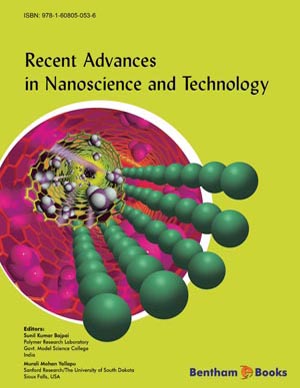Abstract
The two-temperature measurement method has found use in electron paramagnetic resonance (EPR) spectroscopy for determining the fraction of two kinds of paramagnetic species of different nature. The method can particularly be applied when the temperature dependence of EPR line intensity shows deviations from the Curie law. By applying this method it was possible to determine the fractions of paramagnetic centres responsible for the Curie- and the Pauli-like paramagnetism in carbon-based materials. The method has also found application when the origin of the EPR line was originated due to paramagnetic centres in spin doublet states (S = 1/2) and in excited spin triplet states (S = 1).
Keywords: Carbonaceous solids, Carbon-based materials, Carbon black, Coal, Conduction electron spin resonance (CESR), Curie law, Curie paramagnetism, Decomposition of the EPR spectra, EPR, EPR line intensity, EPR linewidth, Macerals, Excited triplet states, Multi-walled carbon nanotubes (MWNT), Paramagnetic centres, Pauli paramagnetism, Pyrolytic carbon, Spin doublet states, Spin triplet states, Two-temperature EPR measurement method.



















